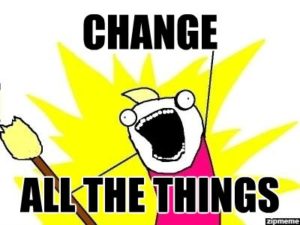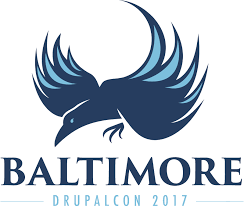Crisis management has always fascinated me. At least from the perspective of the watcher, I think it’s analogous to the train wreck or car accident you know is about to happen, but can do nothing to stop. Despite tons of research, thousands of articles and hundreds of classes, we still seem to have learned nothing. If a crisis hits the level of being called a crisis, it’s already too late. At this point, an issue has escalated to such a state that it warrants crisis management and involvement at all levels of organization.
Too often that “involvement” includes only a narrow definition of “all levels.” Look only as far as recent news stories and you find that more often than not, the people managing the crisis have very myopic views of inclusion and leave off a fairly large contingency of stakeholders. One wonders what the insular group has to gain from excluding those most unlike themselves. Unfortunately that includes the most vulnerable. Kim Crayton (@KimCrayton1 on Twitter) speaks often on the how the “lack of inclusion is a crisis/risk management issue”. She also authored “prioritize the most vulnerable” and “intention without strategy is chaos” as part of her Profit without Oppression guiding principles. It would seem to be that we could all take a lesson from her book on how we approach our next “crisis.”
In my observations, we see those in crisis doubling down on this foundational error by making decisions in isolation and ultimately not including those who will be most impacted (or often most knowledgeable). If we as decision makers and participants would take a step back to think through our true intentions and made sure to bring the most affected to the table, we might ultimately be more successful in avoiding the crisis in lieu of the management.






 Over the course of my career, I’ve been to a few conferences. Most were technical and most were related to the legal industry as that is where I spent the majority of my career so far. The last two years, I attended DrupalCon. Drupal is an open source platform for managing content and delivering websites. My business partner and husband Carson has been involved with Drupal for the last 6 or 7 years. Previously, I would travel to whatever city was hosting DrupalCon and would site-see while Carson participated in the sessions. Usually I would meet up with him at night for some of the social fun.
Over the course of my career, I’ve been to a few conferences. Most were technical and most were related to the legal industry as that is where I spent the majority of my career so far. The last two years, I attended DrupalCon. Drupal is an open source platform for managing content and delivering websites. My business partner and husband Carson has been involved with Drupal for the last 6 or 7 years. Previously, I would travel to whatever city was hosting DrupalCon and would site-see while Carson participated in the sessions. Usually I would meet up with him at night for some of the social fun.

